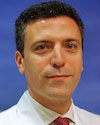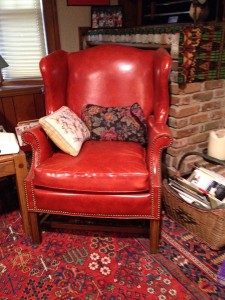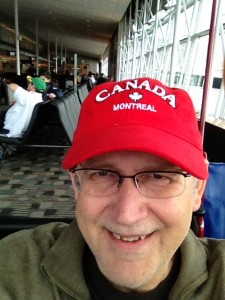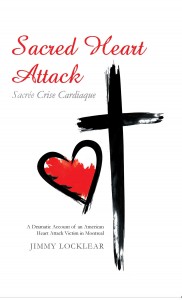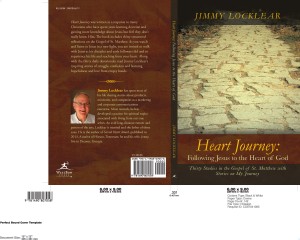I think more than any other sport or athletic activity, playing golf presents some of the greatest challenges. It’s generally not a team sport and it requires superior concentration by you, but with relaxed muscles. It’s almost impossible. And few can do it perfectly (par). Sometimes I feel that way about following Jesus and living in the Four Realities of my Wellspring Group experience. I’m working through the personal reflections and Bible readings for today and just read this list as I launched into the week.
“To experience that Fellowship that desires to protect us we must:
face how we have fallen short of the glory of God;
face our deepest fears;
mourn the effects of our fall and out choices to live in our fears;
repent of our choices not to surrender to the love and will of the Trinity;
surrender to the divine love of the Trinity;
vitally connect to the body of Christ;
be grounded in the scripture;
be surrounded by the eternal communion of saints.
It’s like my swing thoughts when I’m swinging a golf club:
Balance
Focus
Low and slow
Turn, don’t sway
Clear the hips
Knee flex
Drive through with the big muscles
Don’t jump at it
Left heel down for control
Don’t make the ball the target – drive through –> complete the circle!!
Wow. That’s overwhelming!
In John 13:1-17 we are told an amazing story. And given some guidance from our brother and friend Jesus. Like the consummate teaching pro, Jesus shows by example what he has been teaching his devotees and, thus, sets the tone for their final days together. He takes off his robe, wraps a towel around his waist, picks up a wash cloth and a basin of water and kneels down to wash their feet. “I’ve taught you all about love and told your stories and parables to illustrate love, now let me show you how it’s done,” Jesus said.
Like the teaching professional he is methodical, but simple. Here’s your swing thought: love. As always, there is the eager student who asks, “What if I swing harder? Won’t that be even better?”
Jesus explains that we must keep it simple. Only one thought. He even says that you probably won’t even understand what I’m doing until later. “I have set you an example that you should do as I have done for you.” It’s that simple.
It would follow that we could “break down” what Jesus did. You’ve probably read commentaries or heard sermons that did that, “…the water represents atonement and salvation…and the washcloth is the Holy Spirit, etc.”
Obviously, we have a tendency to over analyze things. Jesus helps us keep the focus on one thing: love. He said, “Now that I, your Lord and Teacher, have washed your feet, you also should wash one another’s feet…. Now that you know these things, you will be blessed if you do them.”
There are days that we need to hear all of the angles on how to do something. God made our complex brains and we can take in a lot of information. That’s why there are numerous books and magazines on golf. And on living the Christian life. But many golfers will trace their success back to one teacher and even one lesson when all of the teaching came together and suddenly they could relax and swing freely.
And encountering Jesus is like that, too. I saw his example and suddenly all of the teaching made sense. I didn’t understand when he first told me or showed me, but there was a point when I was playing back the video of his washing the disciples’ feet when I saw him washing my feet. And he looked up at me as I wept and he said, “You will be blessed as you do this for others.” It all made sense.
Swing away, my friend, swing away.
